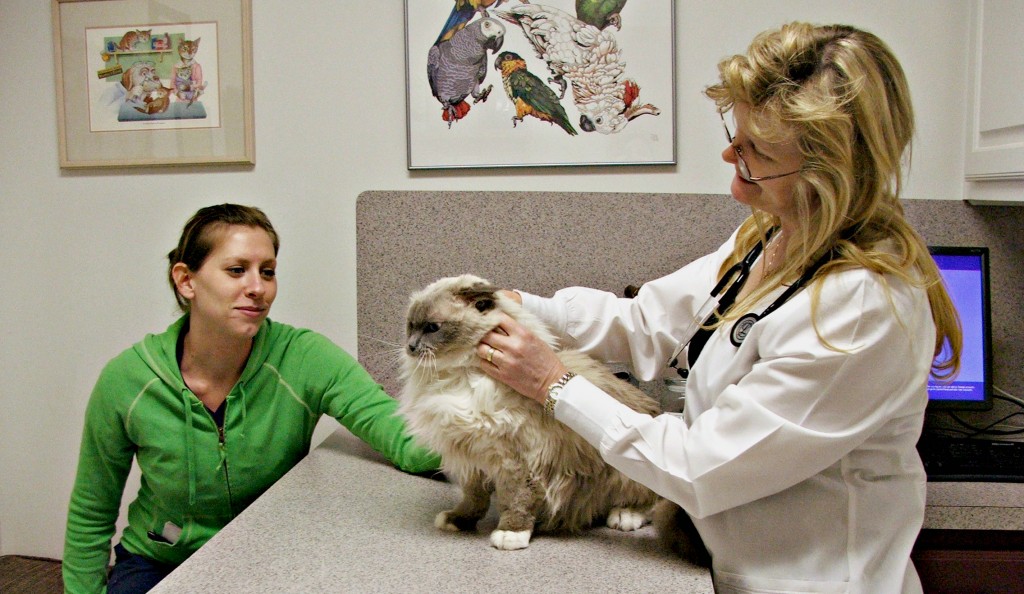Feline Immunodeficiency Virus is the most common and consequential infectious disease in cats around the world. It can go undetected for years before it presents issues in your furry friend. There is currently no cure for Feline Immunodeficiency Virus but studies show that cats can live a commonly average life span. Continue reading Feline Immunodeficiency Virus (FIV)
Category: Vaccinations
How to Get Your Cat To Stop Spraying
Is your cat spraying all over yours stuff? It can seem annoying but there is actually a reason to why they are spraying. And there are numerous steps you can take to get them to stop. Continue reading How to Get Your Cat To Stop Spraying
The Distemper Parvo Vaccine for Dogs
World Rabies Day: The Importance of the Rabies Vaccine for Dogs and Cats
Continue reading World Rabies Day: The Importance of the Rabies Vaccine for Dogs and Cats
Rattlesnake Vaccine for Dogs in Texas
Canine Influenza Recent Developments in Texas – Get Your Pet Vaccinated at All Pets Veterinary Medical Center Today!
Recently, there has been reports of Canine Influenza in Texas. This is spread from dog to dog, or by contaminated food bowls and surfaces. All Pets Veterinary Medical Center will discuss the recent developments to help you better understand what Canine Influenza is and how to protect your dog.
Importance of the DA2PLP Vaccine for Dogs
“DA2PLP” is a combination vaccine for your pup that protects against five primary canine diseases, which includes the following: Distemper, Adenovirus-2, Parvovirus, Leptospirosis and Parainfluenza. These diseases can be deadly and do not have cures. Therefore, we recommend regular vaccination to reduce your dog’s risk. We will discuss the importance of DA2PLP Vaccine for dogs.
Canine Influenza Vaccine and Recent Outbreaks
 In our article Canine Influenza Virus we discussed the symptoms and types, diagnosis and treatment, and living and management of the virus. This article will discuss the recent outbreaks and what you can do to help prevent the virus from affecting your pet.
In our article Canine Influenza Virus we discussed the symptoms and types, diagnosis and treatment, and living and management of the virus. This article will discuss the recent outbreaks and what you can do to help prevent the virus from affecting your pet.
Continue reading Canine Influenza Vaccine and Recent Outbreaks
Difference Between Adjuvanted and Non-Adjuvanted Vaccines
 Cats are a unique species in many ways. One of the more harmful of these is their tendency to develop injection site reactions. Therefore, when given certain types of injections, cats may react at the site of the injection. Adjuvanted vaccines are the type of injection with the most risk for your cat is an adjuvanted vaccine. We will discuss Adjuvanted and Non-Adjuvanted Vaccines.
Cats are a unique species in many ways. One of the more harmful of these is their tendency to develop injection site reactions. Therefore, when given certain types of injections, cats may react at the site of the injection. Adjuvanted vaccines are the type of injection with the most risk for your cat is an adjuvanted vaccine. We will discuss Adjuvanted and Non-Adjuvanted Vaccines.
Continue reading Difference Between Adjuvanted and Non-Adjuvanted Vaccines
Canine Rabies: Symptoms, Causes, Diagnosis and Treatment
Continue reading Canine Rabies: Symptoms, Causes, Diagnosis and Treatment





















